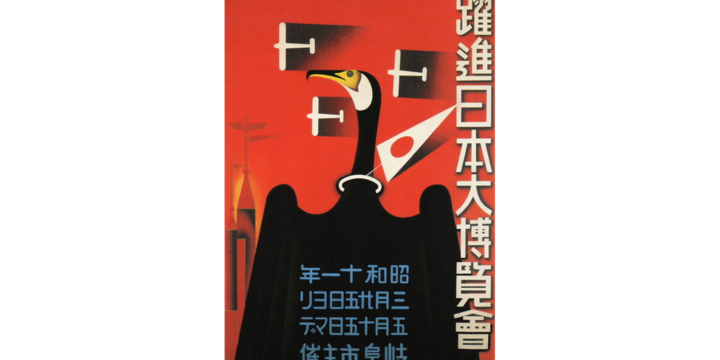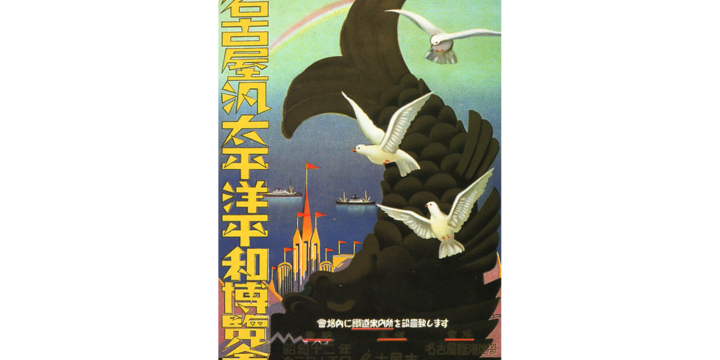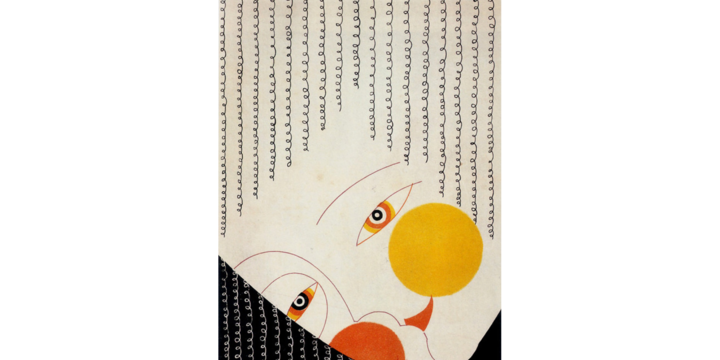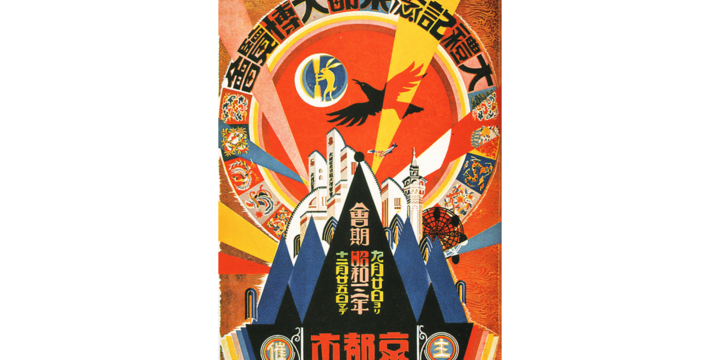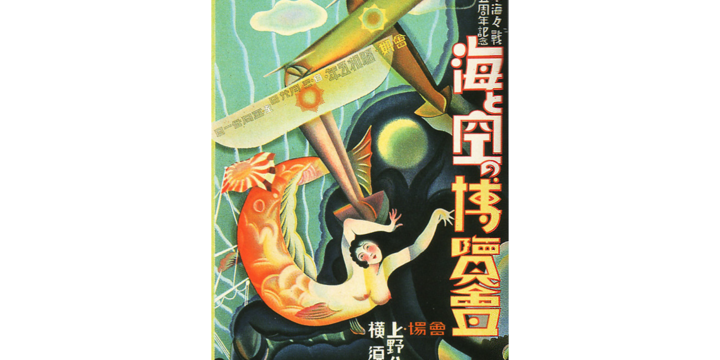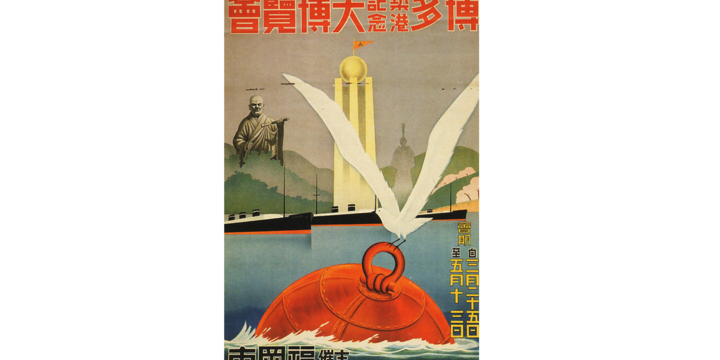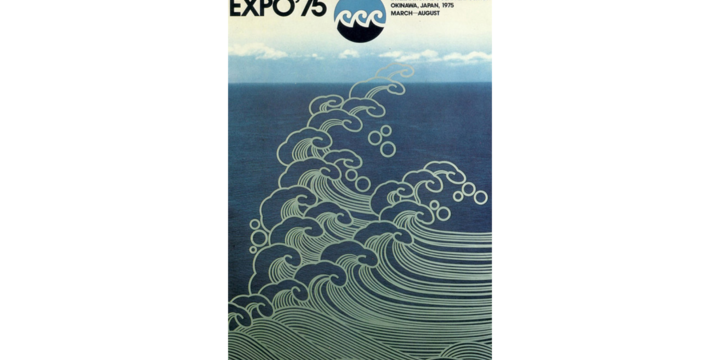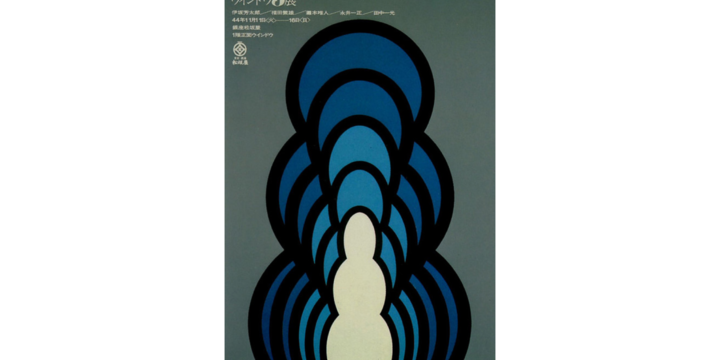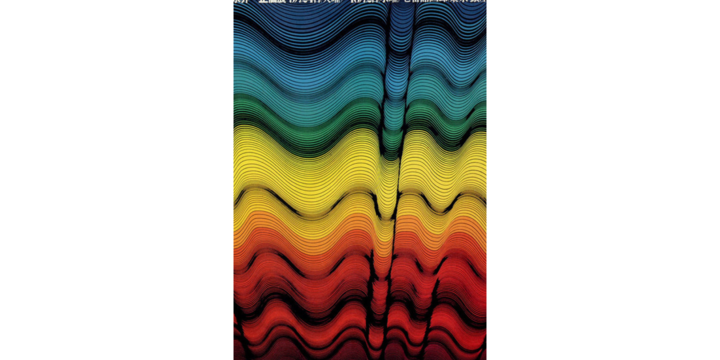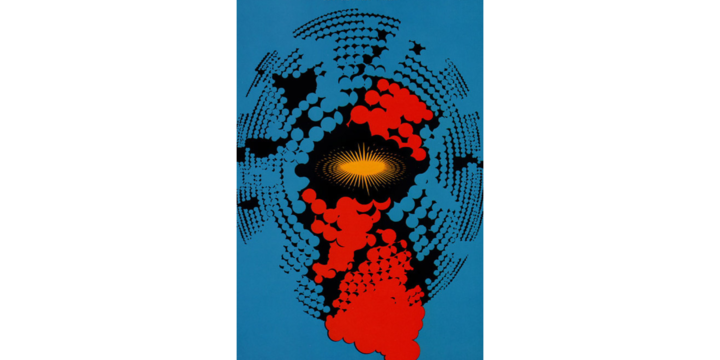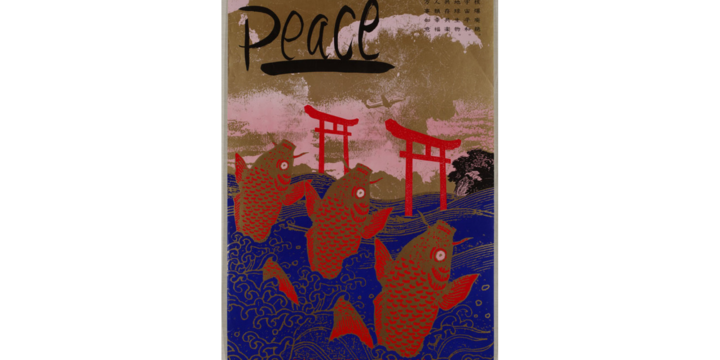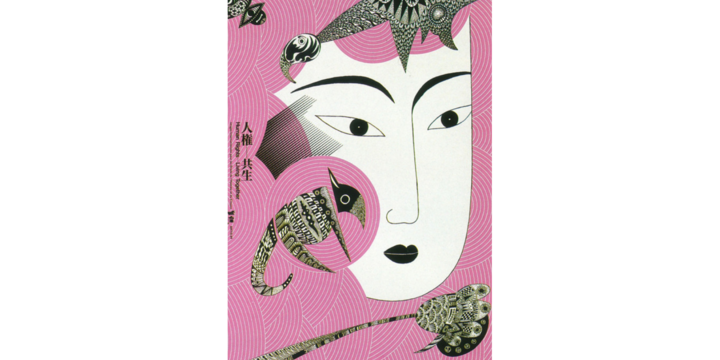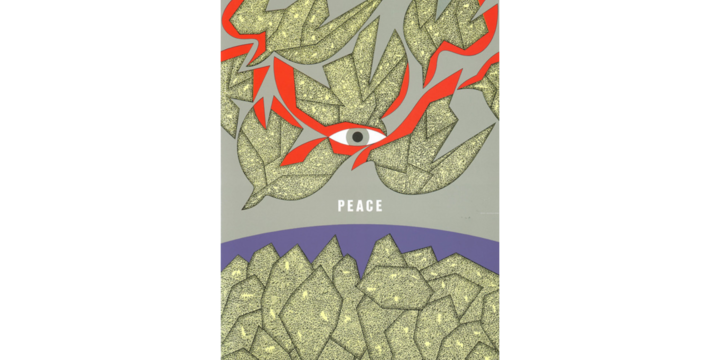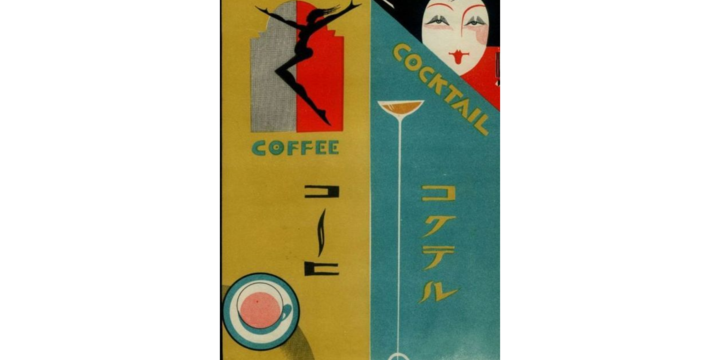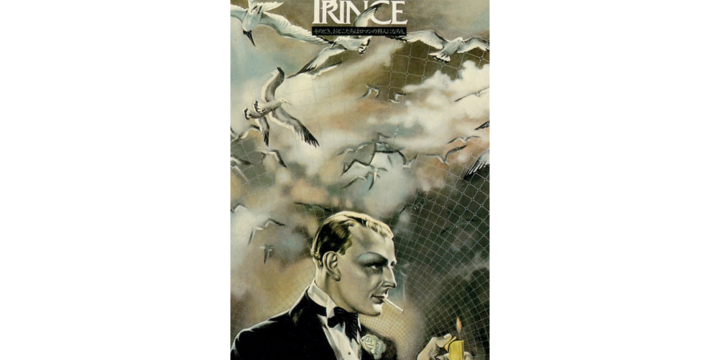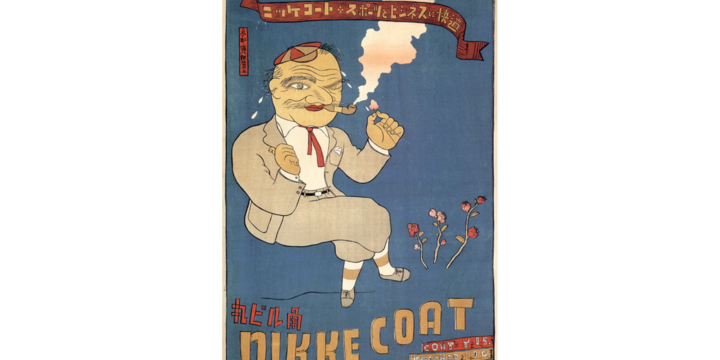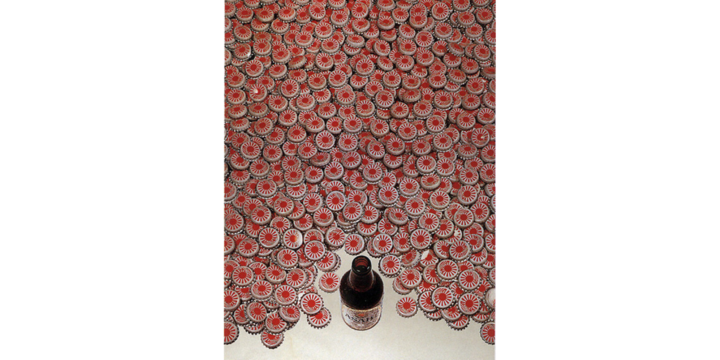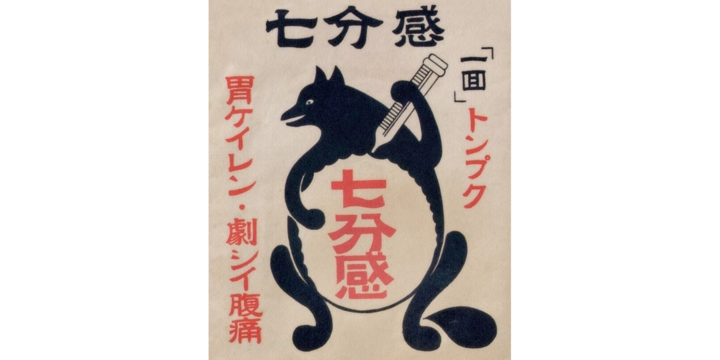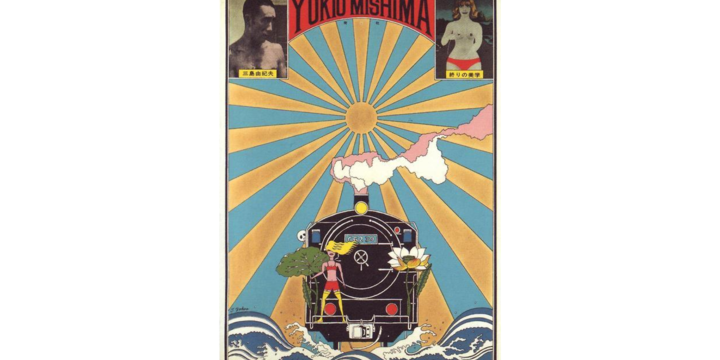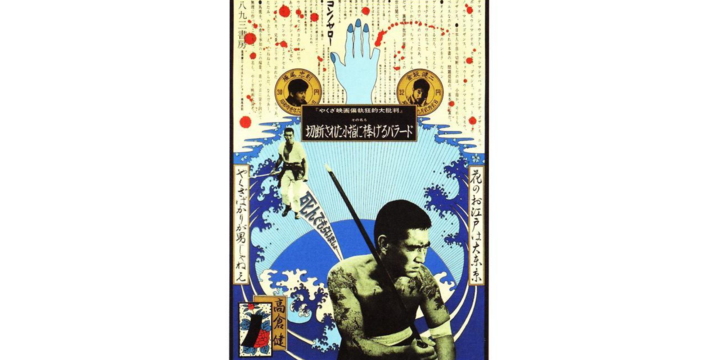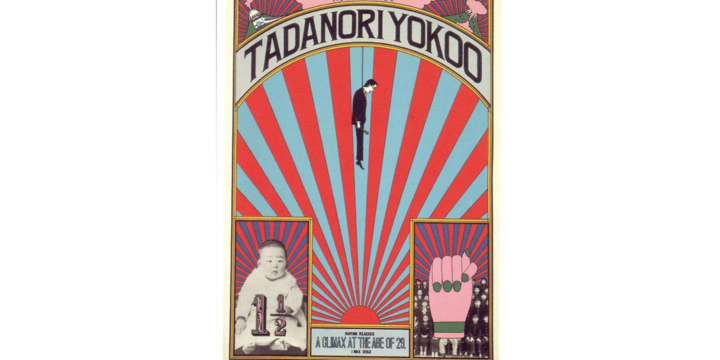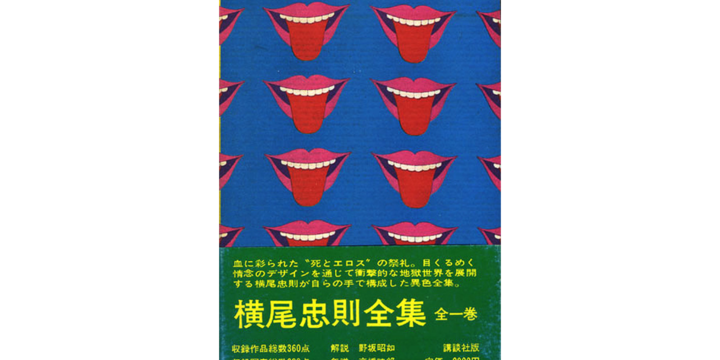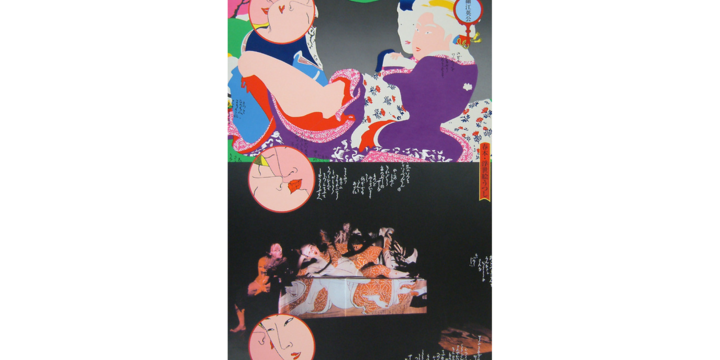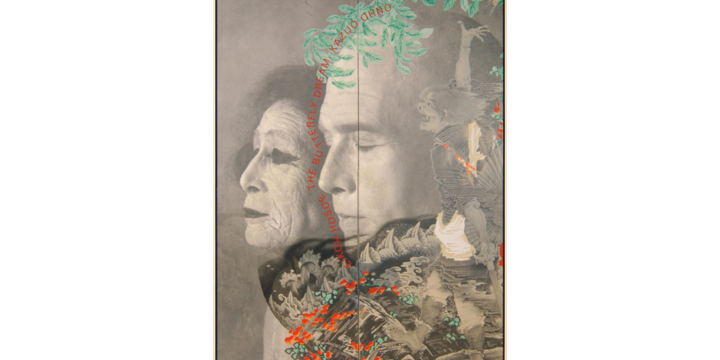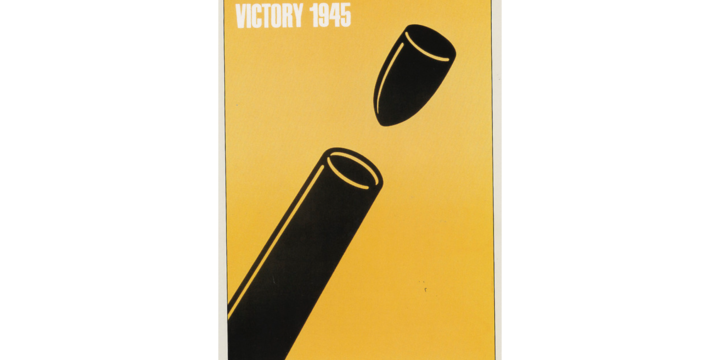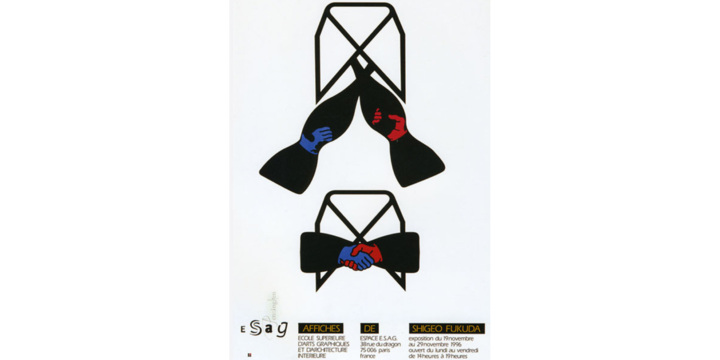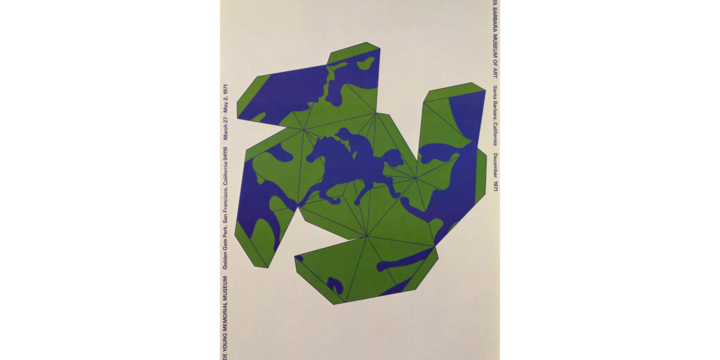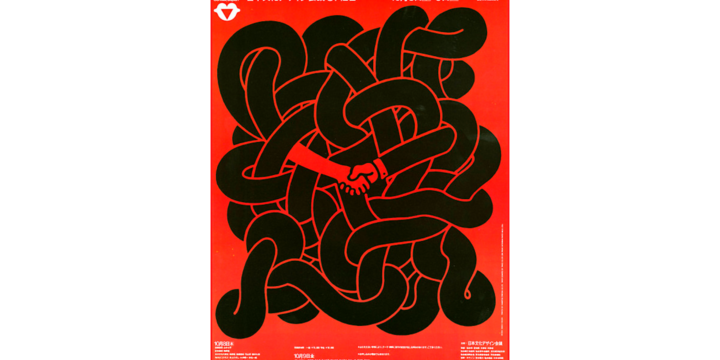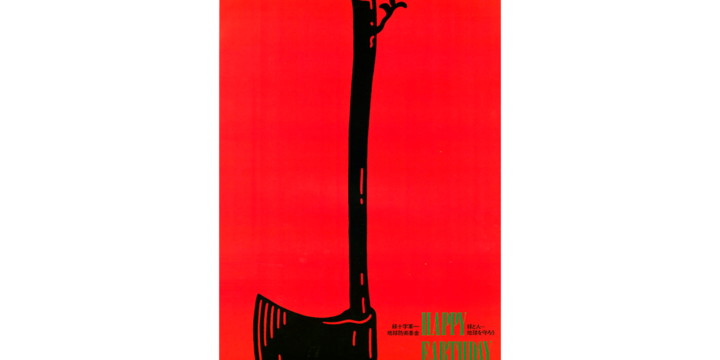Статья
Crazy people
11/21/2013
Japanese placard has always been one of the most enigmatical national schools, at least for a Western viewer. The Japanese with their inscrutable minds and logic seem to be mad. They have always had their spirit. Despite some difficulties in decoding, all the people watch their works with rapt attention.

Modern Japanese illustration has developed from a very strange mixture. The western culture, which started influencing people’s minds in the 1920s, has become an effective growth hormone. In spite of the stereotype about its originality, modern Japanese culture has absorbed a lot from the European and American music, cinema and television. The golden age of technologies that entailed economical and social changes is another factor which has influenced its identity. However, the traditional Japanese culture is the basis of its school of placard.
Placartists use not only the images, but the technique of other disciplines. Shigeo Fukuda said that the art of haiku inspired him in some of his works. There are five syllables in the first and the third lines, and seven – in the second one. But the fixed syllable order doesn’t affect the beauty of the poem. Zen-buddhists’ practice of concentration is also popular with Japanese designers. The artist often tries to concentrate viewer’s attention on the main element of the placard. The central part of the composition devours the person’s mind and releases the idea of the symbol.
Kazumasa Nagai
Kazumasa Nagai is considered to be one of the main Japanese traditionalists. His works trace their roots back to the deepest layers of the national culture. The search of harmony between people and nature has become a burden of his pictures. The reflection on the topic of ecological catastrophes has become a milestone in the placard culture after Hiroshima and Nagasaki.
A unique way of communication with the viewer is an important part of traditional Japanese placard. The message of visual part is impossible to get unless you know the images it is based on. To understand the works of Kazumasa Nagai and Tadanori Yokoo you should know the lifestyle and rites of the Japanese.
Japanese advertising posters
Many designers has become true artists while evolving as plcartists. They can keep a distance even in advertising. Their works root in the people’s minds not as commercial propaganda but as pieces of art.
Tadanori Yokoo
Tadanori Yokoo is one of the modern placartists, whose distinctive works are considered to be the reincarnation of Japanese graphics in placard genre. He doesn’t concentrate a viewer’s attention but tries to divert it. There’s no samurai’s laconic but the carnival of shapes and colors in his works.
Shigeo Fukuda
Shigeo Fukuda is the third person you must mention when talking about Japanese placard. He has also departed from the custom. There is a lot of humour and duality in his works, the inversion of sense through the inversion of images. The universal language of illustration has become his main instrument.

